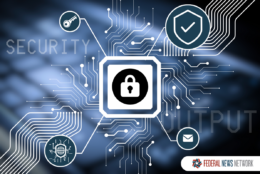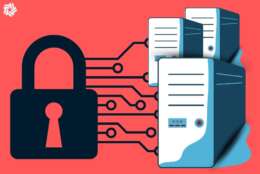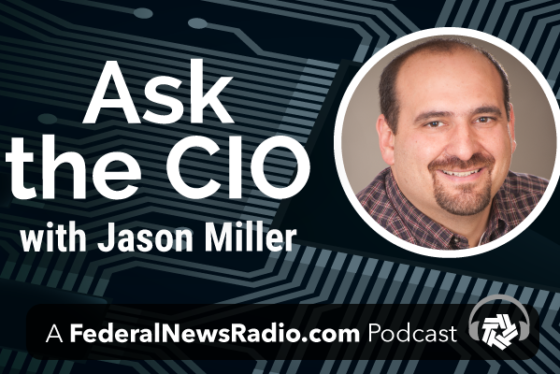Cybersecurity
-
Workplace Reimagined 2024: Palo Alto Network’s Wayne LeRiche on creating secure, quality employee UX
Rigorous security and good user experience are not opposing goals, says the Palo Alto Network federal field CTO.
August 08, 2024 -
Matt House, CDM program manager at CISA, said his office is ready to expand its cyber tools to cloud instances to better mitigate evolving cyber threats.
August 08, 2024 -
Despite its significance and potential benefits, the pathway to CMMC is often viewed with trepidation by many in the Defense Department ecosystem.
August 08, 2024 -
Federal agencies face a formidable challenge in navigating the deluge of emerging vulnerabilities while managing the remediation of existing ones.
August 06, 2024 -
How are leaders at the Department of the Interior, NASA and DHS approaching zero trust?
August 05, 2024 -
Advocates of a single vendor often compare the practice to keeping all of the gold reserves at Fort Knox where it can be better protected.
August 02, 2024 -
Rep. Mark Green's forthcoming cyber workforce bill would put CISA in a key role overseeing cyber talent development.
August 02, 2024 -
CISA's guide helps bridge the gap between acquisition and IT, as the FAR Council works on a highly anticipated software security rule.
August 01, 2024 -
Lawmakers say more talent is needed to fill an estimated half a million open cybersecurity jobs nationwide.
July 31, 2024 -
Col. Craig Frank, the CIO of the Space Systems Command, said to reduce cyber risks satellites and ground control systems are using zero trust capabilities.
July 29, 2024 -
Learn how federal contractors stay in cyber step with the government.
July 29, 2024 -
The recent Crowdstrike outage has shown everything that can go wrong when doing a simple update.
July 26, 2024 -
Drew Mykelgard, the deputy federal chief information officer at OMB, said the updated FedRAMP policy pushes for more automation, reciprocity.
July 26, 2024














